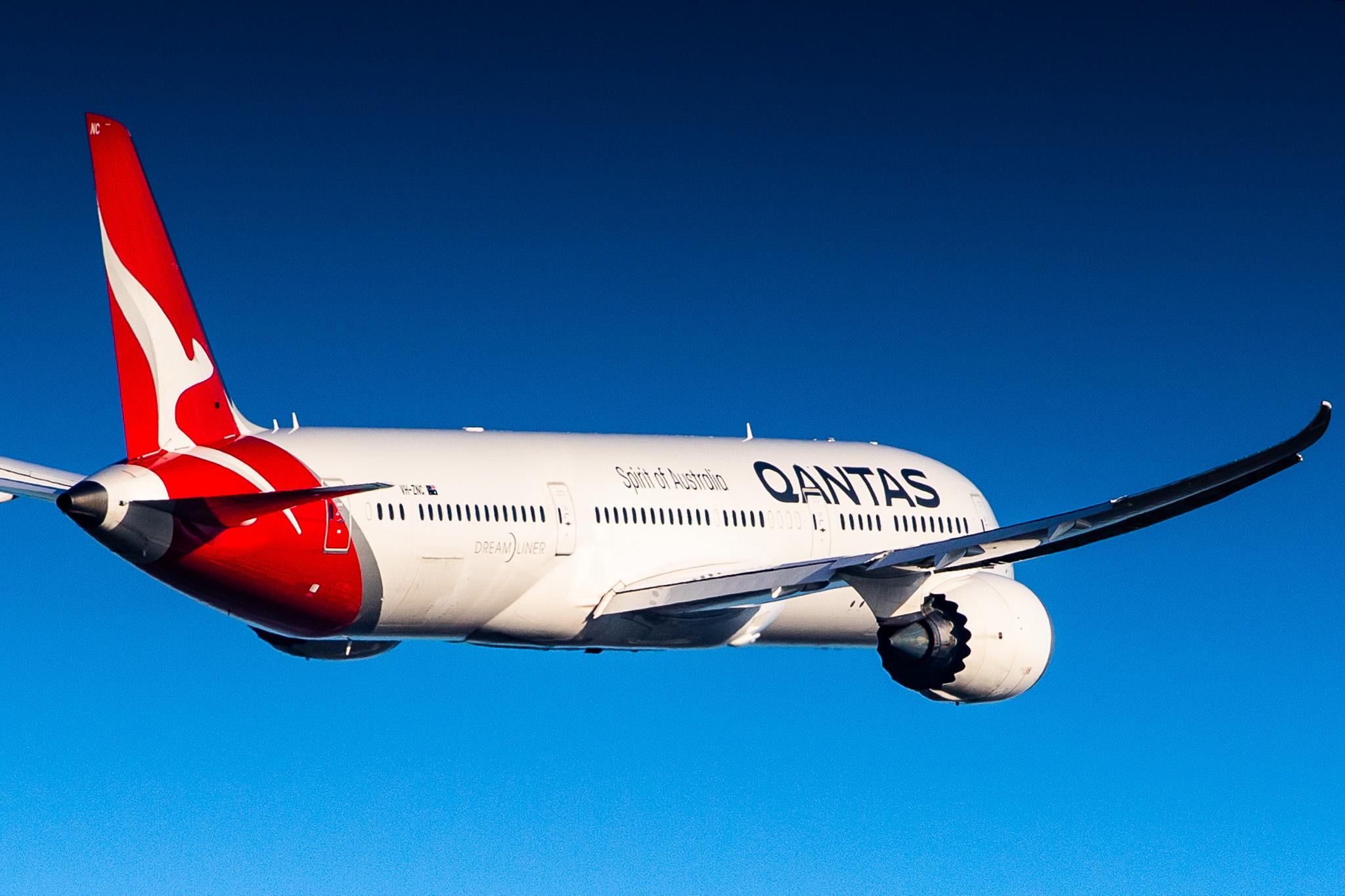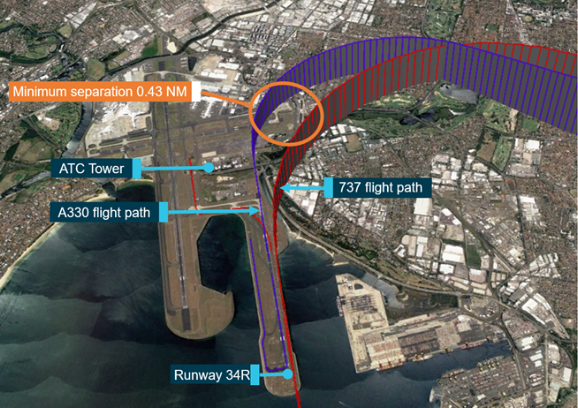Two planes come within 150m of each other in ‘serious incident’
Air Traffic Control trainee on duty during incident

Your support helps us to tell the story
From reproductive rights to climate change to Big Tech, The Independent is on the ground when the story is developing. Whether it's investigating the financials of Elon Musk's pro-Trump PAC or producing our latest documentary, 'The A Word', which shines a light on the American women fighting for reproductive rights, we know how important it is to parse out the facts from the messaging.
At such a critical moment in US history, we need reporters on the ground. Your donation allows us to keep sending journalists to speak to both sides of the story.
The Independent is trusted by Americans across the entire political spectrum. And unlike many other quality news outlets, we choose not to lock Americans out of our reporting and analysis with paywalls. We believe quality journalism should be available to everyone, paid for by those who can afford it.
Your support makes all the difference.Two Qantas jets flew within 150m of each other in what the Australian Transport Safety Bureau (ATSB) is calling a “serious incident”.
It took place while a trainee Air Traffic Control (ATC) worker was on duty under the supervision of an on-the-job training instructor, according to a new ATSB report.
On 5 August 2019, a Qantas A330 aircraft was cleared for take-off at Sydney Airport, despite the fact that a Qantas Boeing 737 was on the approach to land at the same runway.
As there wouldn’t be enough runway spacing between the two planes, the trainee controller instructed the 737 flight to perform a ‘go-around’ (circling in the air instead of landing).
However, this led to a “loss of separation between their aircraft and the departing A330”, according to the ATSB.
The distance between the two planes was at one point just 150m vertically and 800m laterally. This falls far short of the minimum that separation controllers are required to maintain between aircraft operating inside terminal area airspace: 5km laterally or 300m vertically.
Attempting to increase the distance between the two aircraft, the controller instructed the 737 to turn further right. The 737 was flying at about 300 vertical metres, below the minimum altitude at which planes are allowed to turn at night.

The jets flew close enough to each other that a traffic advisory alert was triggered from the A330’s airborne collision avoidance system (ACAS).
The A330 first officer saw the 737’s proximity and reduced the aircraft’s angle of bank in response.
The flight’s captain radioed ATC to say that it was “very close”, and the controller told the A330 to turn left.
Following the loss of separation, the A330 climbed to 1,525m and flew to Melbourne without incident, while the 737 made a second approach to the runway and landed safely.
An investigation into events is ongoing, but the ATSB has classed it as a “serious incident” in a preliminary report.
Qantas has emphasised that the two aircraft were never in danger of colliding, even had they stayed on the same flight paths.
“Our crew followed directions from air traffic control at all times,” a spokesperson told The Independent. “We’re continuing to work with the ATSB on their ongoing investigation.”
Join our commenting forum
Join thought-provoking conversations, follow other Independent readers and see their replies
Comments